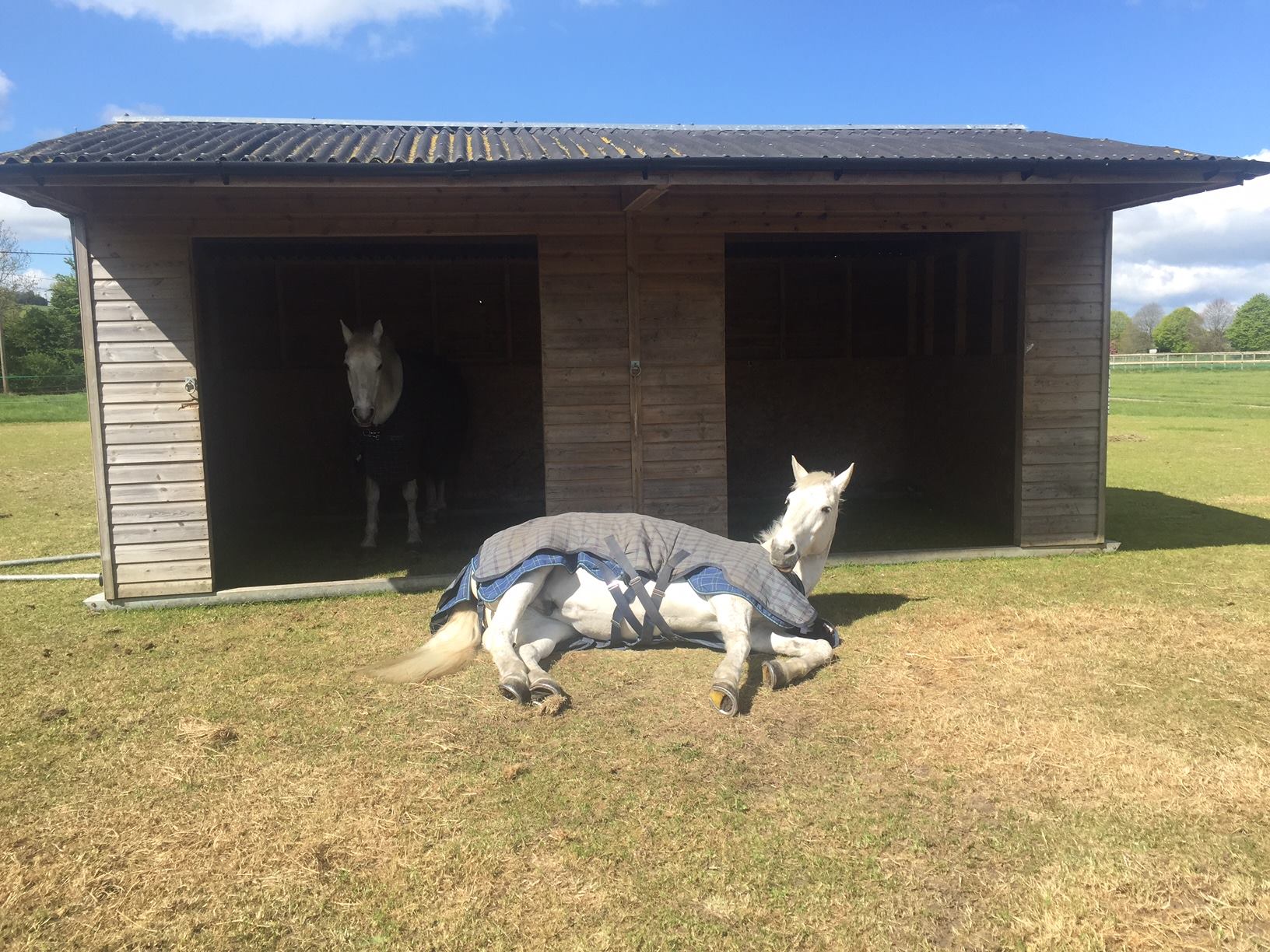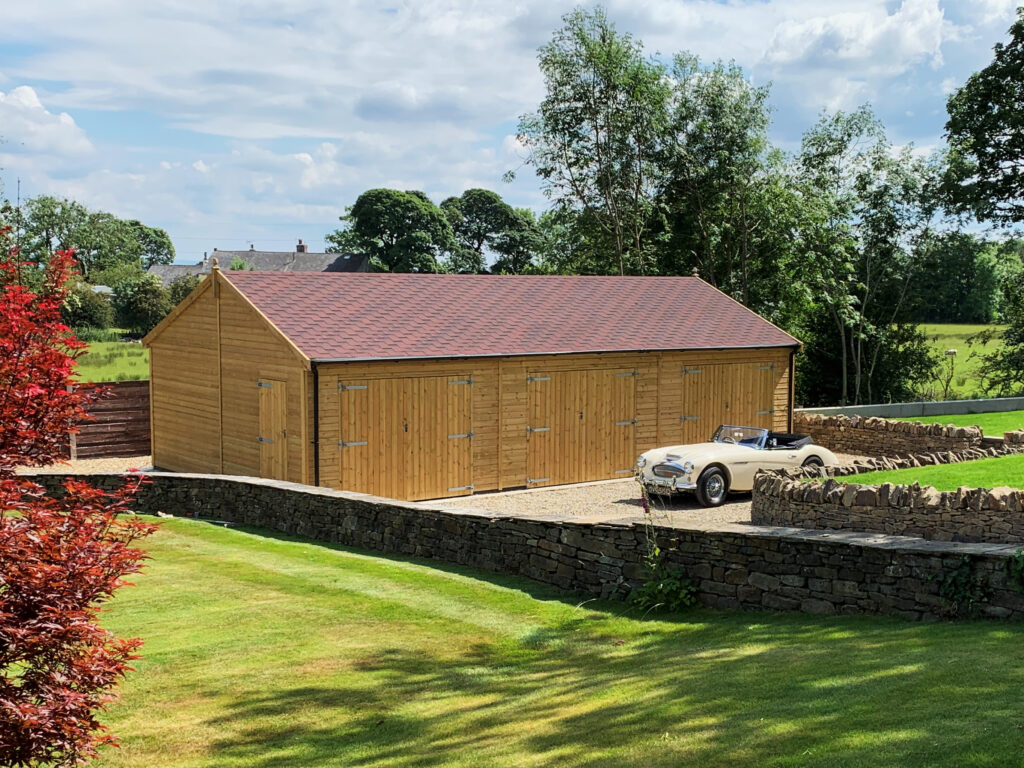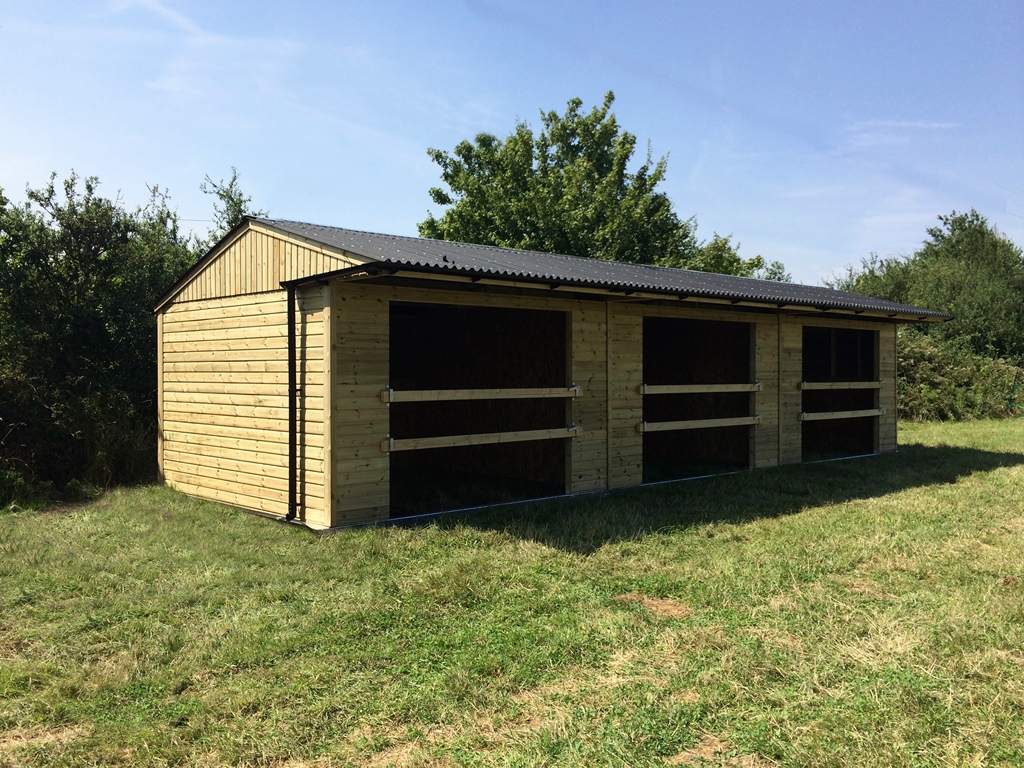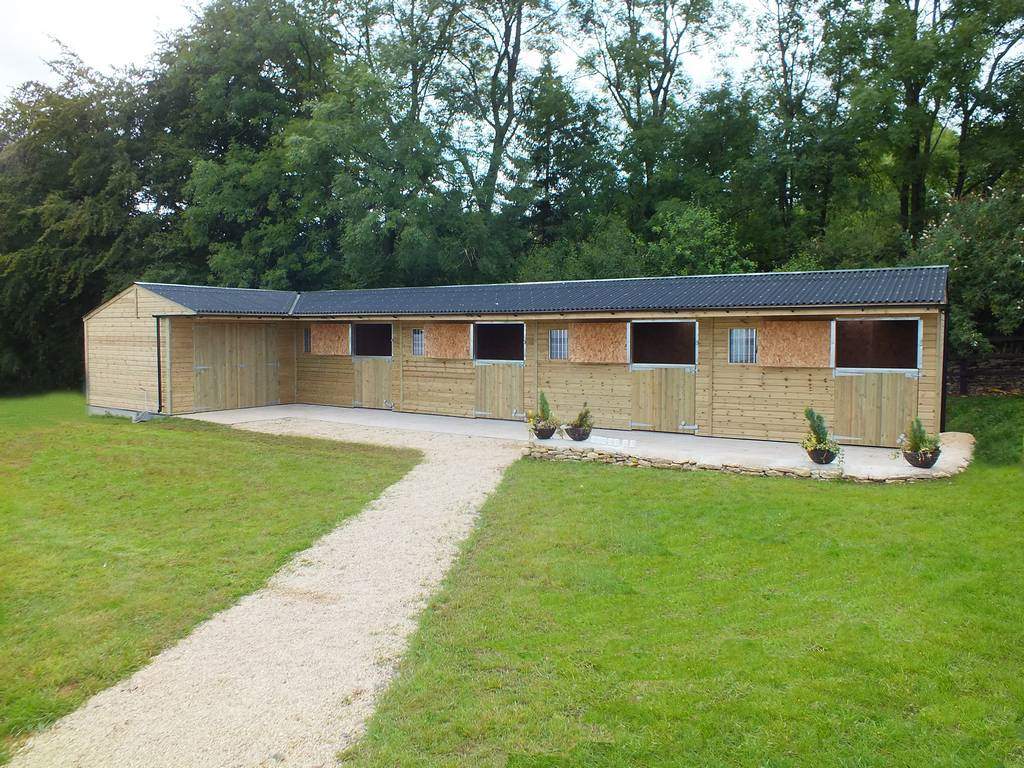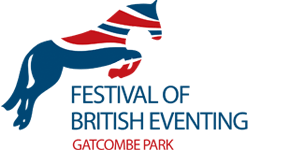You would think that picking a field shelter for your horse would be an easy task, but with so many options on the internet, it’s easy to lose the plot. If you are in the market for a new field shelter, we suggest considering the following to ensure your horse has a safe and comfortable field shelter that you’ll find easy to maintain and enjoy.
Buying the right field shelter
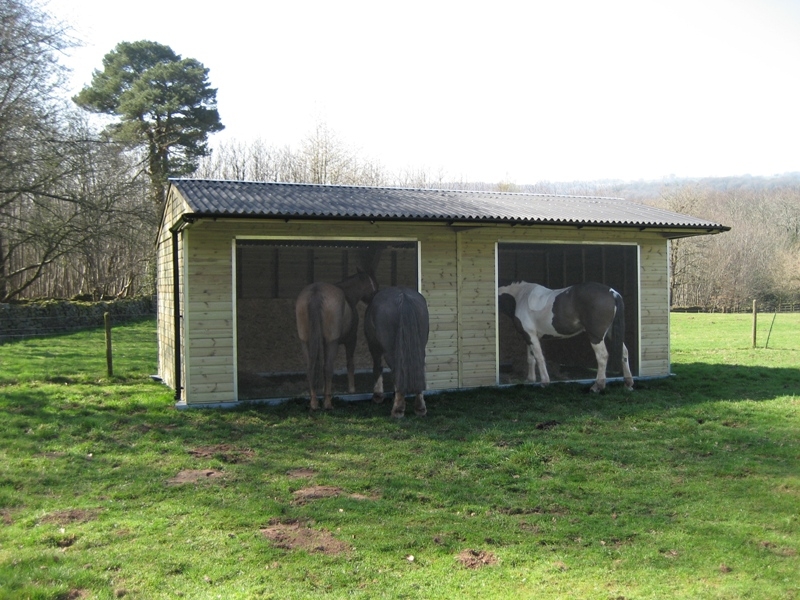
Selecting your Field Shelter Location
When considering where to out your field shelter, you should think about which way the wind blows. The field shelter is there to provide shelter, after all, so we want to make sure the shelter has it’s back to the prevailing wind so your horses are protected from the elements. You might also want to consider keeping the shelters away from overhanging trees- the limbs can damage the roof and disturb the horses in stormy weather.
What size Field Shelter?
What size field shelter you need will depend on how many horses you have and if you plan to keep any supplies in the shelter. At Jon William Stables we usually create bespoke designs for our clients, but here is a general guideline for sizes of field shelters:
- One medium horse – 3.6m x 3.6m (12’ x 12’)
- Two medium horses – 7.2m x 3.6m (24’ x 12’)
- Three medium horses – 10.9m x 3.6m (36’ x 12’)
- One large horse – 5.4m x 3.6m (18’ x 12’)
- Two large horses – 7.2m x 3.6m (24’ x 12’)
- Three large horses – 10.9m x 3.6m (36’ x 12’)
To give you an idea of what you can add on to your field shelter, in the past, we have created field shelters with special features such as hay barns and locked supply rooms.
Mobile Field Shelter or Static?
In a previous blog, we compared mobile shelter to static shelters, and this mainly boils down to your preferences. Remember that stationary shelters usually require planning permission, something Jon William Stables can handle inhouse. Mobile stables are generally more popular because they do not need planning permission, and they have the flexibility of being moved around the yard. At Jon William Stables, whichever shelter you go for they will both be built to the same standards of high-quality, durability, and safety for your horses.
Special Specifications
When looking into the specifications of your shelter and who you want to buy from, you should consider a few things to know you are getting great value. What is the construction process? Who will be building the shelter? What type of roofing will be used? Is a canopy provided, will there be kickboards? Is the wood treated? To give you a quick overview of what you should expect for a high-quality shelter that will last, take a look here.
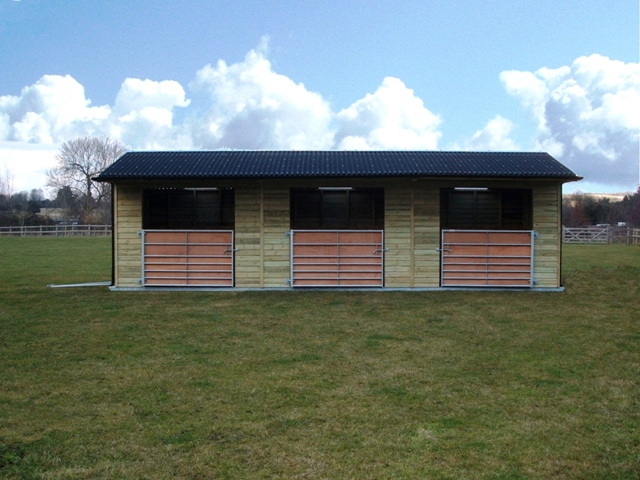
Let it Be(spoke)!
While a field shelter may not be as big of an investment as a barn, stable, or a house, it is still an investment that should stay in good shape for many years to come. Some additional features that you might want to consider to promote the longevity of your shelter are:
- Anti-bite strips – These are galvanised steel strips to protect the openings and four external corners of your building, also creating additional strength.
- Ground anchors (for mobile shelters) – Four heavy-duty galvanised steel anchors to secure your building in exposed areas. £70 per set of 4.
- Front gate – Galvanised steel, seven-bar national farm gates, boarded with plywood for additional safety. Our gates can be lifted off the hinges for storage if required.
- Partition Gate – As an alternative to a full-height partition, this option gives greater flexibility, opening onto the back wall and easily secured with a holdback catch. Lined with ply for safety.
- Side Rails – As an alternative to a gate, you may choose a pair of 95mm x 45mm pressure treated slide rails held in place with a gravity latch. £70 for a set of two.
- Tack Room- Supplied with a galvanised steel cross beam to protect the bottom of the section. A tack room partition enables a storage area to be created within our mobile shelters.
- Stable Conversion kit- Convert your shelter into a stable with the addition of this removable panel offering greater flexibility to your shelter.
- Rubber floor matting – An attractive anti-slip pattern design on one side and a wide ribbed pattern on the reverse to facilitate drainage. Rubber matting gives great insulation of the floor and protection to your horse, which means as much as 80% less traditional bedding is needed.
- Rubber Ring Mats – these are ideal for muddy gateways.
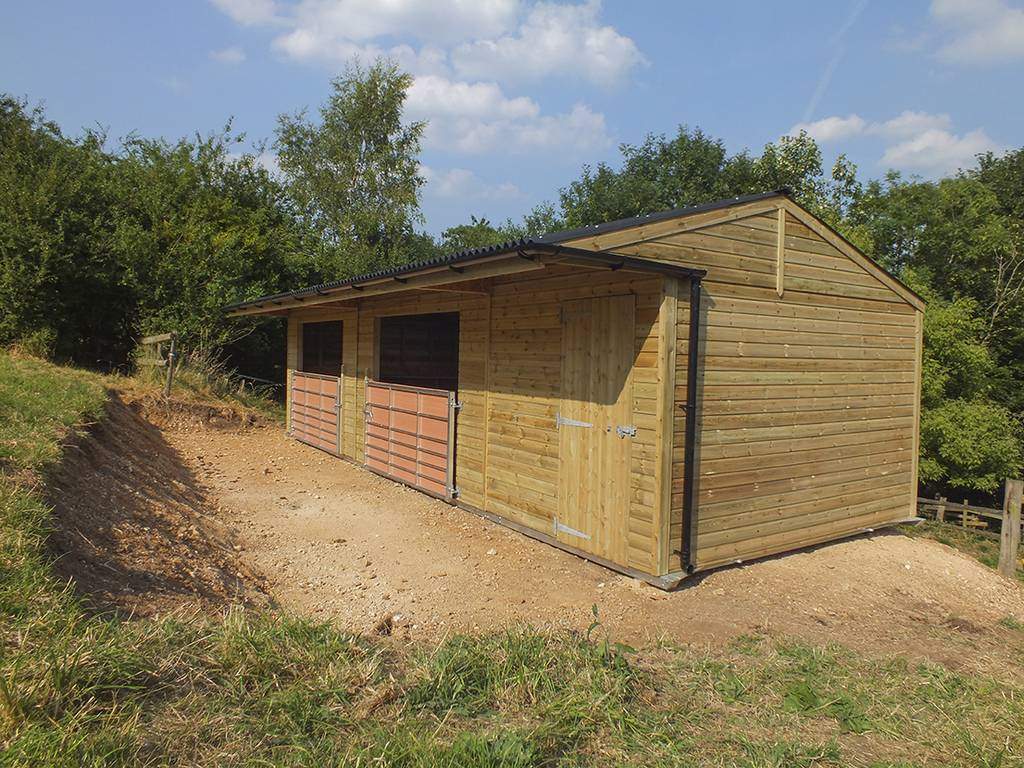
These are the main features we suggest for mobile and static field shelters. However, the bespoke features are endless! If you would like to look for more inspiration or browse some of the past customised features we have done, have a look here.
And of course, if you have any questions or would like to speak to the team about your mobile shelter, please do not hesitate to get in touch!
